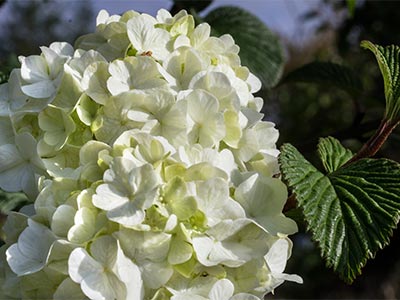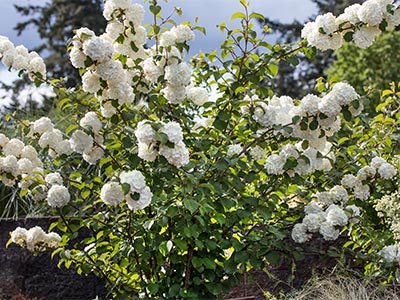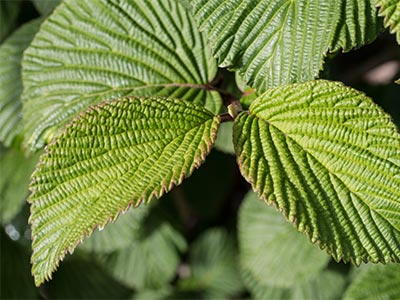Green Neighbors Program
The Clark County Green Neighbors Program is coordinated by Clark County Works Solid Waste and Environmental Outreach to assist citizens with developing more sustainable lifestyles and building a strong environmental community in Clark County. Solid waste regional planning and programs are a cooperative effort of Battle Ground, Camas, Clark County, La Center, Ridgefield, Vancouver, Washougal, and Yacolt.
Clark County makes every effort to ensure the accuracy of the information provided on this website. However, due to the possibility of transmission errors, HTML browser capabilities, changes made since the last update to the site, etc., neither Clark County, nor any agency, officer, or employee of Clark County warrants the accuracy, reliability, or timeliness of any information published by this system, nor endorses any content, viewpoints, products, or services linked from this system, and shall not be held liable for any losses caused by reliance on the accuracy, reliability, or timeliness of such information. Portions of such information may be incorrect or not current. Any person or entity that relies on any information obtained from this system does so at their own risk.
In offering information on the web, Clark County seeks to balance our requirement for public access with the privacy needs of individual citizens. Information that appears on the Clark County website is part of the public record. By law, it is available for public access, whether by telephone request, visiting county offices, or through other means.








